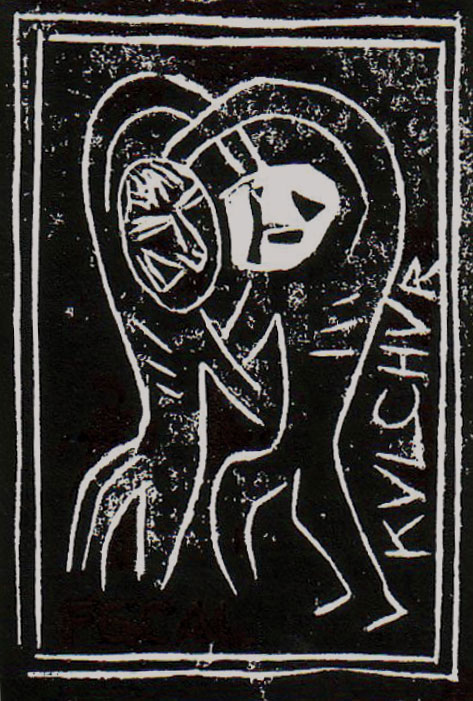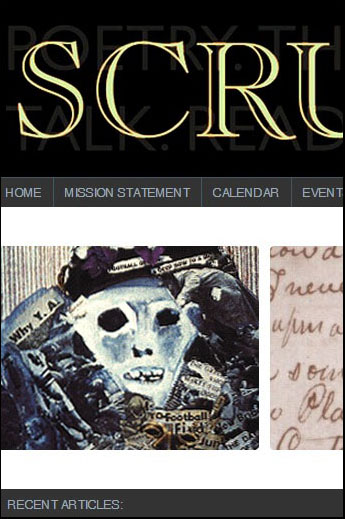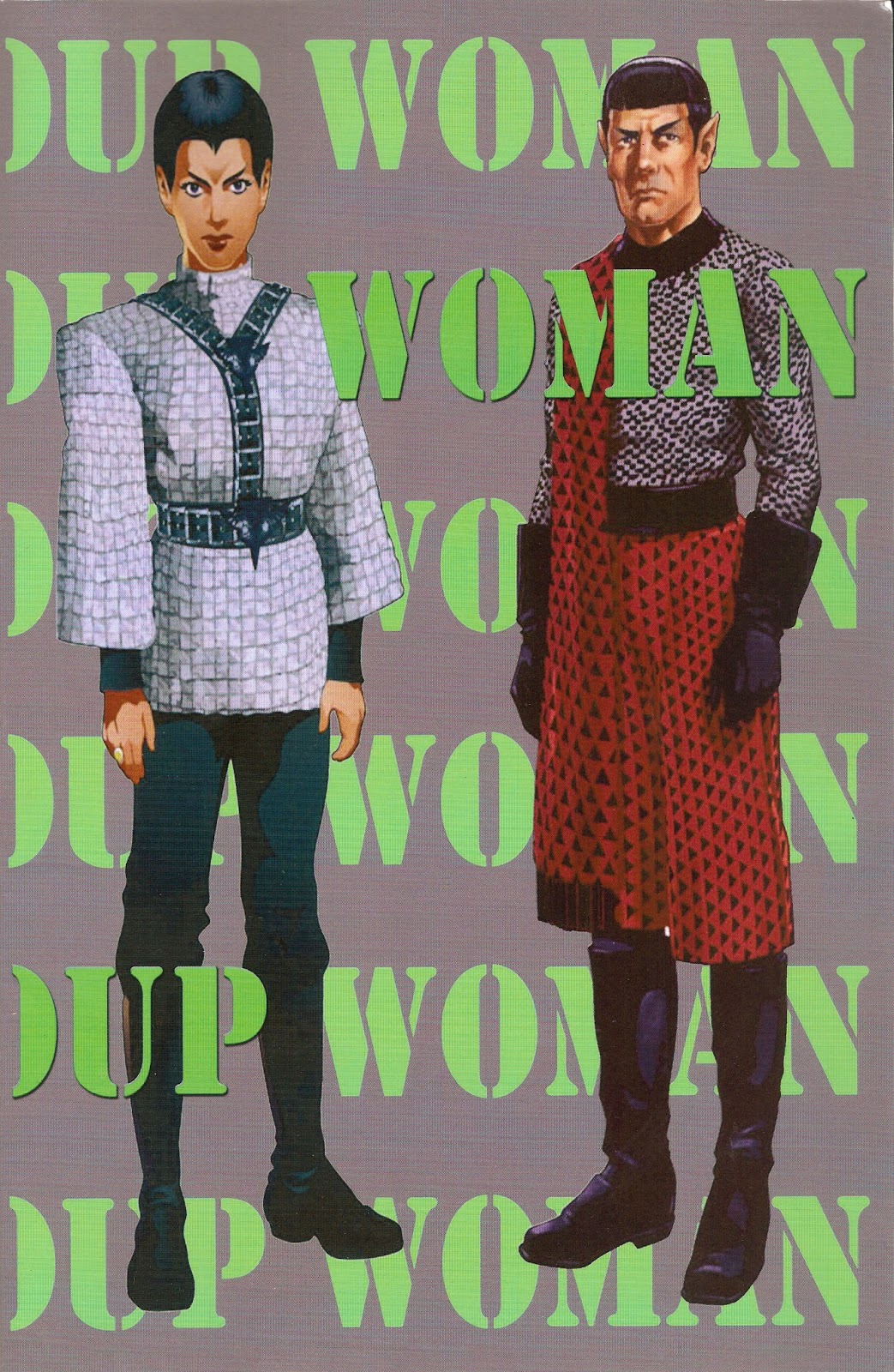WORKING NOTES: ANDREA BRADY'S WILDFIRE
Eliot seems to reside in Wildfire (Krupskaya 2010) as an absent center — albeit an incredibly inverted absent center. Wildfire is The Wasteland — or more so Little Gidding — sans the messianic self-exalting hopelessness packed in the saddlebags of the poet's call to care. But a theological impulse, in conjunction with the foregrounded figure of fire, seems to connect Brady firmly to the biblical rhetorical stylings of Four Quartets. Viz. the opening poem "Pyrotechne":
For Brady fire and water are not, as they are for Eliot, simply allegorical constructions. Wildfire is a lineated essay that, according to a note on the text, "concerns the history of incendiary devices, of the evolution of Greek fire from a divine secret which could sustain or destroy empires, into white phosphorous and napalm; the elliptical fires of the pre-Socratics, Aristotle's service to Alexander in the fashioning of pyrotechnics, the burning/blooming/mating bodies of G.H. Schubert and the self-feeding crowds of Elias Canetti; mechanisms to project fire, to make it burn on water and stick to wood and skin, to keep it off the walls of the besieged towns, and what those mechanisms (projection and defense) have done to geometry; the courts of fire, the legal chamber and the hortus conclusus, and the margins of ambiguity where it is lobbed with impunity ..."
Further in her note Brady comments specifically on allegory (the threat or temptation of retreating into it): "I wanted not allegory but the recovery of material history, which tests the luxuries of myth and enjoys, but does not endorse, the luxuries of language." It is difficult , at least for me, not to think of Olson when Brady refers to geometry (to see "projection" and "geometry" in the same sentence). I am reminded of Olson's interest in non-Euclidean geometry (Cf. "Equal, That Is, to the Real Itself"), though I think Brady is referring here to the shape of things, the shape of the landscape, as it presently exists, rather than geometry as discipline. Regardless, Olson's interest in nineteenth-century non-Euclidean geometry (Bolyai and Lobatschewsky) in conjunction with his sense of history ("History is the want to. It is the built-in.") seems, on some level, apropos to Brady's project. Olson on non-Euclidean geometry (in relation to Melville):
At times in Wildfire Brady appears to extend her investigation outward, toward a thinking of the reception of fire as a destructive agent in contemporary (digital) culture and consciousness:
The catalog suggests a web-based portal like Youtube or Vimeo, where the number of views an uploaded video clip receives are publicly tracked for all to see, installed as part of a statistical record tracking viewers' interests. But a quick search for "eaten by dogs" at Youtube or Vimeo yields little connected to what we encounter here in "Chronic," the third of the ten poems (or, more appropriately, sections) included in Wildfire. If I'm not misreading the poem and these are in fact figures that have not been drawn from a specific source, I take them as a gesture toward recovering that aspect of "the real" (material history) that escapes full textual disclosure.
Suffering is everywhere present in Wildfire and the question of suffering is clearly central to the work. But how does one textually gesture toward suffering — or evidence of suffering or representations of suffering — in a meaningful way that does not betray that suffering and works instead to responsibly register and, if at all possible, stem or ameliorate it? A passage from Adorno, Aesthetic Theory, comes to mind:
here's the church here's the steeple,Fonts or founts are typefaces produced at foundries. Derived from fonte (MF): an object already cast from molten material. In contemporary French usage fonte assumes in advance an already having been melted. In Italian fonte suggests a source or spring — a fountain from common ground. Physicians of generally every nation are inclined to treat a burn of any species with normal saline. Here a stretch from Little Gidding IV that articulates well with "Pyrotechne":
open the doors and see all the people dipping
their digits into a font of automatic fire:
clothes of the damaged to be baptised in saline,
tunics of the irrecuperable can melt on them ...
The dove descending breaks the airNeoplatonist commitments to light. A neoscholasticism perhaps. Duns Scotus. White light. That an investigation of phosphorous can work through itself with the aim of arriving at the total destruction of both its object and itself. Philology in the older sense, the Greek. Not the nineteenth century digging that piled its findings in messy heaps but the white hot love that aimed to create the conditions for a radical negativity; a desire for white light as total absence. Like the CMYK color code: an endless string of zeros, the ground beneath ground, an abandoned property even the gods fail to recall.
With flame of incandescent terror
Of which the tongues declare
The one discharge from sin and error.
The only hope, or else despairLies in the choice of pyre or pyre —
To be redeemed from fire by fire.
For Brady fire and water are not, as they are for Eliot, simply allegorical constructions. Wildfire is a lineated essay that, according to a note on the text, "concerns the history of incendiary devices, of the evolution of Greek fire from a divine secret which could sustain or destroy empires, into white phosphorous and napalm; the elliptical fires of the pre-Socratics, Aristotle's service to Alexander in the fashioning of pyrotechnics, the burning/blooming/mating bodies of G.H. Schubert and the self-feeding crowds of Elias Canetti; mechanisms to project fire, to make it burn on water and stick to wood and skin, to keep it off the walls of the besieged towns, and what those mechanisms (projection and defense) have done to geometry; the courts of fire, the legal chamber and the hortus conclusus, and the margins of ambiguity where it is lobbed with impunity ..."
Further in her note Brady comments specifically on allegory (the threat or temptation of retreating into it): "I wanted not allegory but the recovery of material history, which tests the luxuries of myth and enjoys, but does not endorse, the luxuries of language." It is difficult , at least for me, not to think of Olson when Brady refers to geometry (to see "projection" and "geometry" in the same sentence). I am reminded of Olson's interest in non-Euclidean geometry (Cf. "Equal, That Is, to the Real Itself"), though I think Brady is referring here to the shape of things, the shape of the landscape, as it presently exists, rather than geometry as discipline. Regardless, Olson's interest in nineteenth-century non-Euclidean geometry (Bolyai and Lobatschewsky) in conjunction with his sense of history ("History is the want to. It is the built-in.") seems, on some level, apropos to Brady's project. Olson on non-Euclidean geometry (in relation to Melville):
I take care to be inclusive, to enforce the point made at the start, that matter offers perils wider than man if he doesn't do what still today seems the hardest thing for him to do, outside of some art and science: to believe that things, and present ones, are the absolute conditions; but that they are so because the structures of the real are flexible, quanta do dissolve into vibrations, all does flow, and yet is there, to be made permanent, if the means are equal.Olson's concerns here are, for sure, ontological and phenomenological. The question, at least for him, is one of commensuration: if the means are equal. But Olson, at least here, (along with, say, The German Ideology and Grundrisse) seems particularly useful for thinking Brady's sense of history and historiography in Wildfire as an act of desire toward a necessary recalibration of the present moment. Put differently, what she frames as "recovery" might also be recognized as an order of recalibration that aims toward a congruence between the means (method) and "the real."
At times in Wildfire Brady appears to extend her investigation outward, toward a thinking of the reception of fire as a destructive agent in contemporary (digital) culture and consciousness:
Eaten by dogs. viewed: 36,560 times
Eaten by dogs. viewed: 17,809 times
Person with disability: prosthetics above body.
Partially eaten by dogs: viewed: 32,144 times.
Old man killed with daughters; family recognised. viewed 30,411 times.
Man making "Shuhada" sign: there is
one God, because he knew he was
about to be shot. viewed 18,135 times.
No comment. viewed: 23,455 times.
Man killed at home, identified. viewed 13,759 times.
Eaten by dogs. viewed: 17,809 times
Person with disability: prosthetics above body.
Partially eaten by dogs: viewed: 32,144 times.
Old man killed with daughters; family recognised. viewed 30,411 times.
Man making "Shuhada" sign: there is
one God, because he knew he was
about to be shot. viewed 18,135 times.
No comment. viewed: 23,455 times.
Man killed at home, identified. viewed 13,759 times.
The catalog suggests a web-based portal like Youtube or Vimeo, where the number of views an uploaded video clip receives are publicly tracked for all to see, installed as part of a statistical record tracking viewers' interests. But a quick search for "eaten by dogs" at Youtube or Vimeo yields little connected to what we encounter here in "Chronic," the third of the ten poems (or, more appropriately, sections) included in Wildfire. If I'm not misreading the poem and these are in fact figures that have not been drawn from a specific source, I take them as a gesture toward recovering that aspect of "the real" (material history) that escapes full textual disclosure.
Suffering is everywhere present in Wildfire and the question of suffering is clearly central to the work. But how does one textually gesture toward suffering — or evidence of suffering or representations of suffering — in a meaningful way that does not betray that suffering and works instead to responsibly register and, if at all possible, stem or ameliorate it? A passage from Adorno, Aesthetic Theory, comes to mind:
The darkening world makes the irrationality of art rational: radically darkened art. What the enemies of modern art, with a better instinct than its anxious apologists, call its negativity is the epitome of what established culture has repressed and that toward which art is drawn. In its pleasure in the repressed, art at the same time takes into itself the disaster, the principle of repression, rather than merely protesting hopelessly against it.Adorno is, of course, eminently quotable and it's often a little too easy to dislodge and recklessly deploy passages from the larger philosophical framework they reside in, especially passages from Aesthetic Theory. This passage — one which extends out of his consideration of suffering in art — is , when radically decontextualized, just as applicable to Vanessa Place's incredibly troubling trilogy-in-process (Statement of Facts, Statement of the Case, Argument) as it is to Wildfire. In fact, one could go so far as to say it is Place's project that more responsibly "takes into itself the disaster" and Brady's that protests "hopelessly against it." But I don't think this is the case and I'm not sure Adorno carefully considered the full extent to which the disaster ("a radically darkened objectivity") was capable of being aestheticized (reframed) and, through this process, fully removed from any articulation it might have otherwise had with the horror it emerges out of. In this way, Place's project seems to angle toward a disclosure of the disaster but succeeds, through itself, only in disarticulating the disaster from the ground of disaster, effectively ironing out through the process of aestheticization what was always already repressed. And Place does this in precisely the same way a show like NBC's To Catch a Predator did when it first aired (viz. the incredible but undisclosed delight the show's host and, by extension, the audience take in the crimes castigated and also the power of castigation). Wildfire, on the other hand, through a materialist historiography that aspires to register the disaster without fully wrenching it from its context (i.e. aestheticizing it), "takes into itself the disaster," without surrendering to it in a way that simply reproduces the conditions of its reproduction, as Place's project seems to. Wildfire does this, at least in part, by situating itself in the chasm between critical work and the work of poetry. Self-reflexivity is crucial to the work, especially in the final poem, "Illuminated":
Art is the limit of the empirical, a hashcakeAgain Place comes to mind here. The basic architecture of her trilogy, structured after the Divine Comedy, is comparable to Wildfire. The outline of Place's trilogy and Wildfire feature a particular trajectory that ascends or moves into a sort of crescendo or epiphanic moment, toward a suture, a wholeness, that both the trilogy and Wildfire already anticipate never arriving at. But the self-reflexive character of Wildfire separates it from Place's trilogy. And the way each handle suffering is crucial here. In Brady's case, a sort of thoroughgoing (self) excoriation ("hey the task is serious: marathon irony") allows Wildfire to somehow emerge out of itself as art object so that it situates itself at one and the same time as both an object of contemplation (art object) and an active thinking that resists the instrumentalization of suffering in the name of art.
is burning somewhere and a fistful of
weeping magic beans. So happy
that grown is combustible, the entelechy
made joules for the class is not,
so happily married. At the plummet
we have made our representations
besiege the represented and rep
resenters for honour
hey the task is serious: marathon irony
in which the man cradling his little son
is an instrument for a bordercritique






<< Home